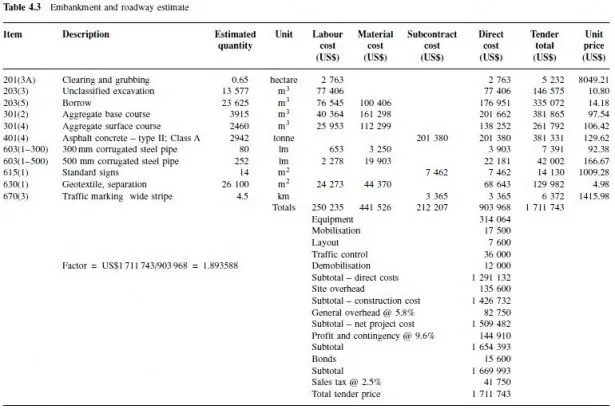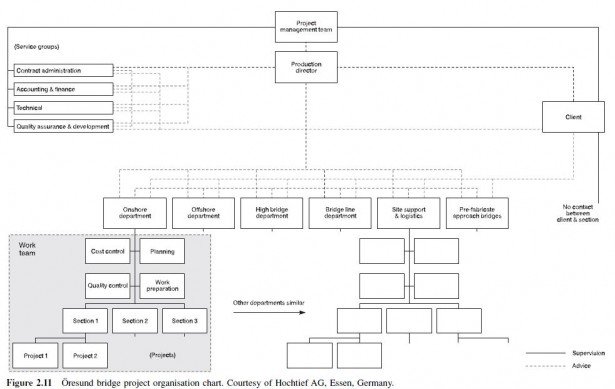Not only must a project meet certain technical and performance requirements, it must also be financially viable. The funds proposed to be invested in the project must show the potential to generate an economic return to those investing in the project that is at least equal to that available to them from other similarly risky investments. This concept of return on investment is appropriate for most projects, whether in the private or public sector. For a private-sector manufacturing facility, the company making the investment of funds expects to generate sufficient cash flows from operating the facility to pay for the construction and the ongoing operating expenses and, in addition, have an attractive interest rate of return. In the case of a publicly funded roadway or school facility, those ratepayers who provide the funding expect that the benefits, either in money terms or in non-quantifiable measures, will be at least equal to the funds invested in the project. Admittedly, the benefits derived from a school building project are more difficult to estimate than are its costs. However, some consideration must be given to whether the benefits, both financial and otherwise (the otherwise being more important in the case of a school!) are at least equal to the monetary costs.
All cash flows throughout the projects development and operation life cycle must be considered in making such analyses. The term life cycle costing refers to economic studies that include all such cash flows.
The cost of maintaining and periodically upgrading a highway and bridge project must be estimated, along with its design and construction costs, to determine whether it is likely to be feasible. Estimates of the cost of operating and maintaining a manufacturing plant, as well as the income its operation is expected to generate, will be essential in determining financial viability. The cost estimates over the life cycle for each alternative form the basis for these feasibility studies. Typically, some proposed options will be discarded at this stage because they are not financially viable. Those remaining will be compared with each other, considering both financial and other factors, to arrive at a recommended option.

